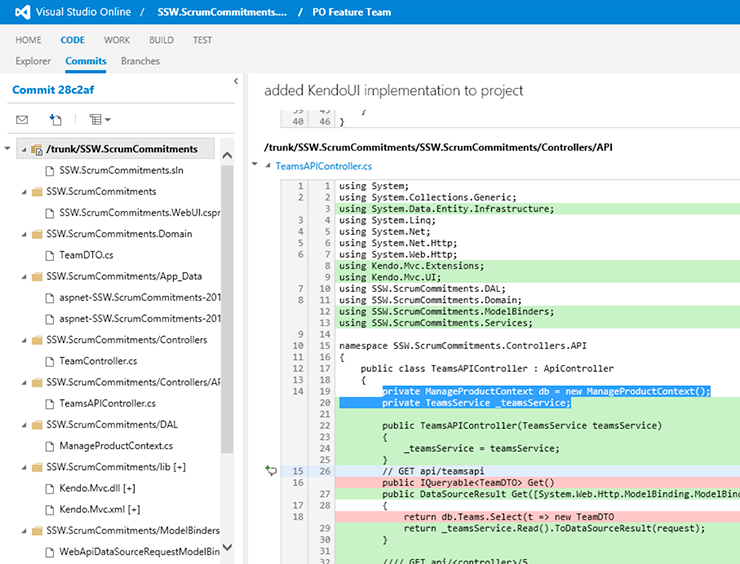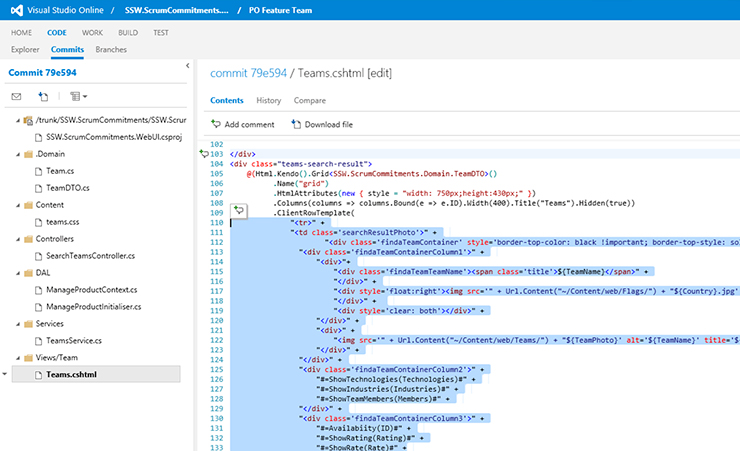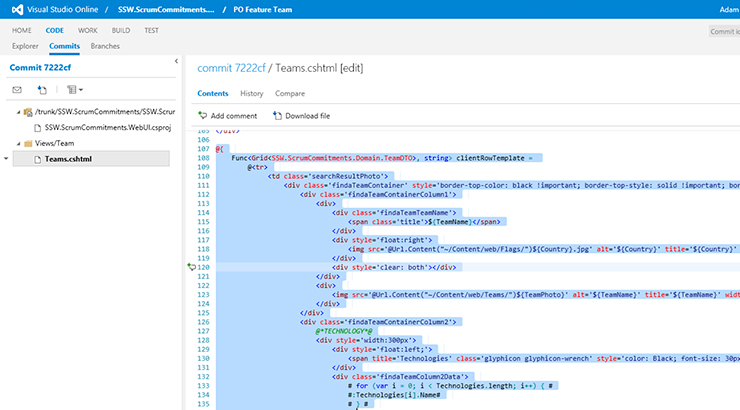FireBootCamp Sydney ended successfully
It has been an amazing, intense 9 weeks, and while I’m sad that it is over, I couldn’t be more proud of the guys and what they’ve achieved. They’ve all improved in different ways:
- Some of them arrived with a lot of experience… now they are awesome.
- Some were juniors straight out of uni… they’re still juniors but now with great experience. They surely know the right way to do things. These guys could spot a smell if you wanted to architect a dodgy solution that was untestable.
- Some are recently arrived from India with many years of experience but big gaps… they now leave with much improved communication skills, giving clear explanations in Sprint Reviews. They are now able to manage a Product Owner much better. They even shake the PO hand with confidence!
Everyone did Scrum well by the end, knowing and following the 8 Steps to Scrum. We know all the boot campers found at least the first 4 or 5 sprints very hard, but they stuck it out as the Product Owner turned up the heat, while always changing his requirements. The proof is in the pudding… test the apps yourself at www.scrumcommitments.com and sugarlearning.com.
“The roots of education are bitter, but the fruit is sweet.” Aristotle
Why we created FireBootCamp
We didn’t jump into running a boot camp like this lightly. There was a few problems that kept arising at SSW:
- Corporate training – lots people were taking our training – we still do it for large corporates around the country and it costs them a lot of money. We love teaching the newest technologies and methods along with our best practices, but when we followed up with them later they were not using what we had taught them to its fullest – they would tell it was “still on the backlog”… basically they were seeing but not doing.
- UTS lectures – A number of the SSW guys lecture at the University of Technology. We were seeing people going through a 10 week course but the theoretical knowledge gained was not transferring into results. They needed practical experience beyond simple exercises.
- Work Experience – SSW often get juniors who are happy to work with us for 3 months or more for free, but when they are blocked we don’t really have a great reason to pull off one of our consultants (that is working for our clients) to help them out, so the work experience guy might stay stuck for days or weeks.
This is why we started FireBootCamp, to integrate the theory with the practice in an environment where experienced consultants could support the learners through the process by:
- Doing the theory in the morning
- Then practicing the real project in the afternoon
- Learning Scrum and ALM along the way
- All while making “Bob” (the Product Owner) happy
The course is not a panacea, and not everyone will graduate a guaranteed expert – but every attendee is definitely many steps above where they were before starting. Plus they are more confident and competent, with a solid skill-set that they can build on:
- Know the right way to attack problems
- Work with people very different from themselves
- Worked in cross functional teams
- All while providing incremental deliveries of real business value in every sprint to “Bob” (the Product Owner)
The teams and what we gave to them (aka The Specifications)
We arranged our boot campers into 3 teams and had each team working on a unique project. For this, we created 2 projects for our boot campers to complete: Scrum Commitments and Sugar Learning.
Check out the specs we gave them below – they are in video form, as per an option on the Specification Review rule.
ScrumCommitments Specifications – for both Part A – Product Owners Marketplace and Part B – the Developers Portal
ScrumCommitments is a site designed to help both Scrum teams and Product Owners from the initial team-hunting stage all the way through to the completion of a project. To this end, the project was broken into 2 parts.
Part A was to create a searchable marketplace where companies could go to find Scrum teams that have a great history of successful sprints. The search results needed to be filterable so that the product owner can find a team that suits his or her needs. The searchable categories included rating, price, technologies, and industry specialisation.
The team working on Part A were the Scrum Eagles:
- Ludvik Aunedi
- Andrew Stevens
- Craig Woollett
- Michael Zhang
Part B of ScrumCommitments was to create a developers product portal the Scrum teams could use for sprint planning, spring review, and sprint retrospective meetings to record what was agreed and decided on. This would form the history that product owners find invaluable.
The team working on Part B called themselves the Scrum Stars, and consisted of:
- Jaie Parker
- Gurmail Singh
- Michael Wood
- Mohamed Badruddoza
The Specifications for Sugar Learning
The team behind Sugar Learning was Scrum Central:
- Declan Dovell
- Shigemi Matsumoto:
- Bernard Lugay
What they delivered
ScrumCommitments – Part A – The Product Owner marketplace – developed by the Scrum Eagles
ScrumCommitments – Part B – The Developer’s Portal – developed by the Scrum Stars
Sugar Learning – developed by Scrum Central
What we covered in the first FireBootCamp
Each week we taught the campers new enterprise technologies to help them produce their product:
Week 1 – Scrum and MVC, plus Azure websites. Then working with TFS, Git and using visualstudio.com – Multiple times we setup Windows Azure and visualStudio.com – continuous deployment
Week 2 – AngularJS, Authentication, Dependency Injection – We implemented authentication using OAuth. Intro to Dependency Injection
Week 3 – Alternative Clients (WebAPI, Windows8, Windows Phone, IOS and Android Development)
Week 4 – jQuery, Twitter Bootstrap, Unit Testing
Week 5 – TypeScript, KendoUI
Week 6 – SignalR, CSS, Mocking
Weeks 7, 8 and 9 – SOLID, Enterprise Design Patterns: Repository + Unit of Work
SSW Sydney Awards
Dodgy Coder Award #1 – Even the strong get stronger
Andrew arrived at bootcamp as a strong coder. He could do some dependency injection…

Here is a later better check-in from Andrew:

Dodgy Coder Award #2 – Even the strong get stronger
Ludvik also arrived at bootcamp as a strong coder. However not that strong at using Kendo Grids, here is one of his early check-ins:

Here is a later checkin that is much better…

FireBootCamp Sydney - And the winner is... - Adam Cogan's Blog
May 14, 2014 @ 8:10 AM
[…] you may remember from my last blog post, the 3 teams were having their solutions critiqued by a panel of judges with extensive experience […]
Come and see what the FireBootCamp graduates have built - Adam Cogan's Blog
September 10, 2014 @ 8:20 AM
[…] getting better at running FireBootCamps, too. In prior FireBootCamps we split the campers into 3 groups, with each team working on a separate project. This time around we’ve done things a little differently – 2 teams, working on one project, […]